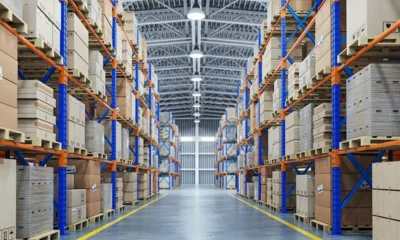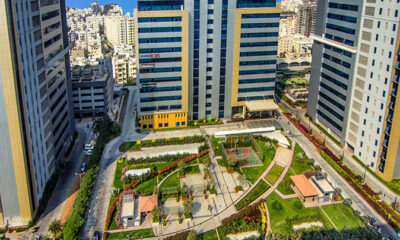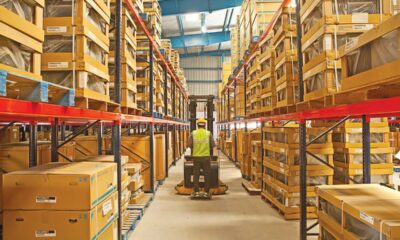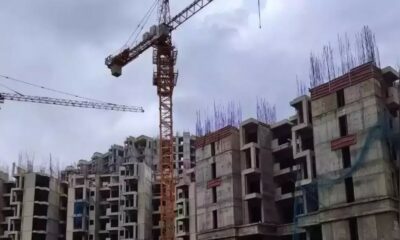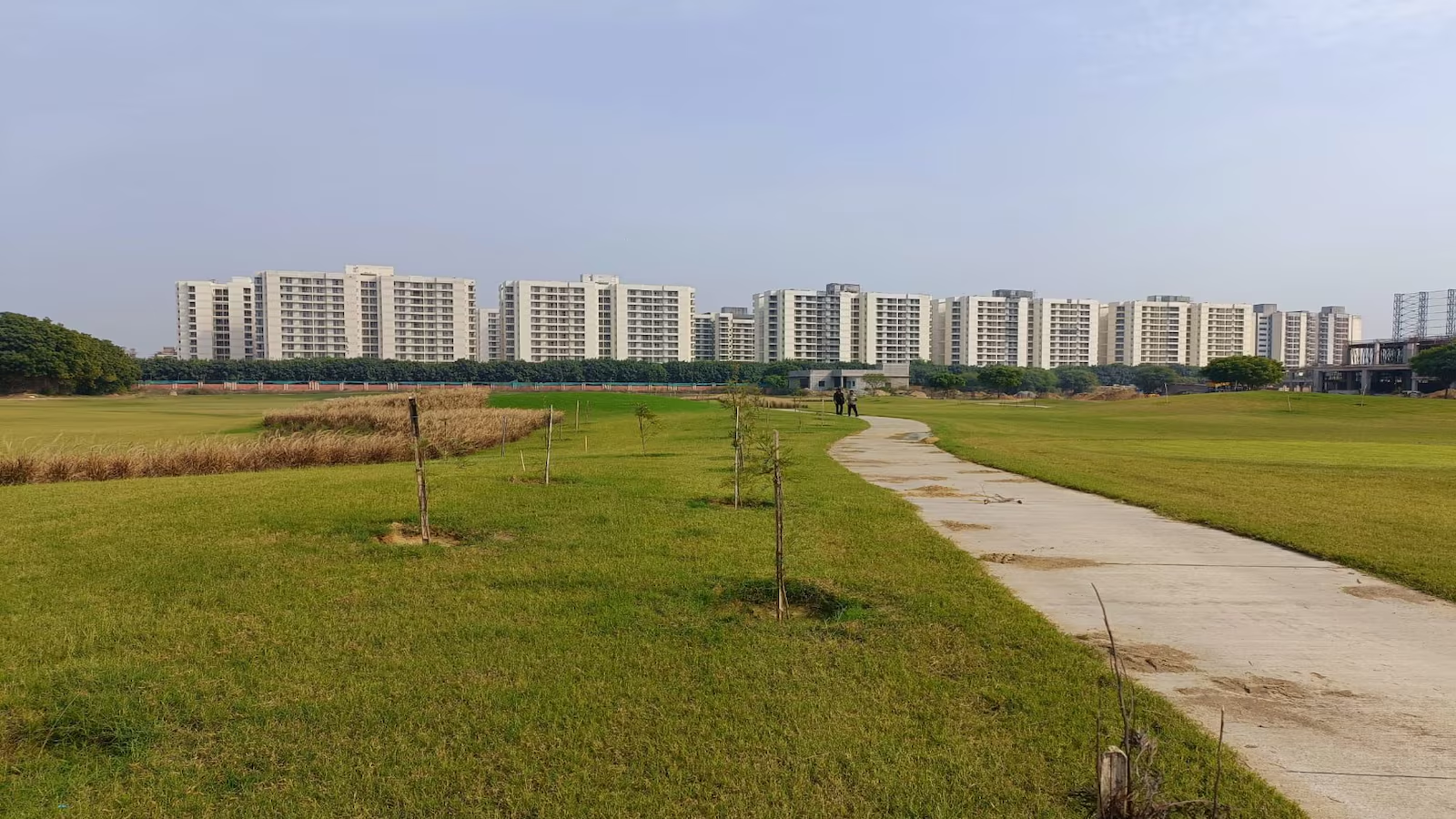Guest Column
GST Ushers New Era Of Warehousing; Will Lead To Over 100% Growth: JLL India


Grade A warehouses will add 74 msf fresh space by 2021
· 25 new Multi – Modal Logistics Park in India to revolutionise Logistics
Mumbai, June 22, 2018: JLL, India’s largest real estate services firm, in their latest report, note the impact of Goods and Services Tax (GST) on the warehousing and logistics sector in India. The report says that GST is playing a pivotal role in boosting both the Hub & Spoke model as well as the growth of the Multi –Modal Logistics Park (MMLP). As a result of which, India will see over 20% CAGR in warehousing and will have approximately 25 new MMLPs in the next few years.
The report, launched during the 8th India Warehousing Show 2018, says that GST has provided a great leap forward for the sector in India. The advancement in technologies and infrastructure, along with Government’s support through policy initiatives has paved the way for positive improvements. In the early stages of evolution, India is showing tremendous potential for development which can be seen in its improvement in global rankings as well.
The report estimates that warehousing space in India will increase by 112% by end of 2021. Of the same, Grade A warehousing space is expected to grow by over 170% while Grade B will grow by approximately 85% from 2017 – 2021. The growth of Grade A warehousing space will be a direct out com of the implementation of GST as it blurs out the boundaries for set up
Year
Grade A Warehousing Space
(In Million square feet)
Grade B Warehousing Space
(In Million square feet)
Total Warehousing Space
(In Million square feet)
2017
43
97
140
2018*
58
112
170
2019*
73
131
204
2020*
93
154
247
2021*
117
180
297
Source: JLL Research
*Estimated
The most prominent impact of GST on the warehousing sector as identified by JLL India are as below:
· Hub and Spoke to Rule: Organizations will now be able to explore a different distribution model from the traditional carrying and forwarding (C&F) distributor based models. Growing demand for Larger Hubs / Regional Distribution Centre as well as Smaller ‘Spoke’ warehouses.
· Consolidation: Post GST, the focus would shift on efficiency rather than tax saving through smaller warehouses. Companies to re-structure their warehousing portfolio to bring in larger and ‘supply –chain’ efficient warehouses, typically built to their specific warehouse requirements.
· Quicker Supply: State-border check points for scrutiny and location based tax compliance, which accounts for almost 60% of a truck’s transit time, can hugely reduce, thus quicker supply.
· Efficient and Larger Warehouses Efficient warehouse management is expected to boost the sector as the warehouses are expected to have ‘economies of scale’ thus increasing Per Cubic Metre storage efficiency of warehouses.
· Larger Investments: Warehousing developers investing in larger logistic parks and buying land at strategic locations.
· More Organized Logistics Players: Existing organized warehousing developers can expect significant increase in demand. More organized players are expected to enter the sector.
· Reduced cost to customers: Reduction in tax cascading may lead to lower cost of production and distribution which can be eventually passed on to the consumers.
Ramesh Nair, CEO and Country Head, JLL India said, “Implementation of GST has had a positive effect on warehousing activities in India due to diminishing state boundaries and has made way for cost and operationally efficient Hub and Spoke Model. Further, the government’s support through policy initiatives like establishment of logistics division, granting Logistics an ‘infrastructure status’ and establishment of MMLPs; is paving way for positive improvements and boosting the growth of the logistics industry. The warehousing sector is expected to grow at an average CAGR of over 20% in the next three years (2018 – 2020).”
Ramesh further added, “Implementation of GST has shifted the end user demand and developer supply from inefficient, low quality redundant warehouses to large box, good quality Grade A warehouse.”
In an earlier report JLL India had estimated that close to INR 45,000 crores (Cr) will be invested in creating storage facilities across India from 2018 – 2020. In these three years, different categories of warehousing will also create jobs to the tune of 200,000 at different levels of specifications and specialisations.
-



 News3 weeks ago
News3 weeks agoKW Delhi 6 Mall Onboards New Brands
-



 News4 weeks ago
News4 weeks agoManasum Senior Living Launches IKIGAI GOA, A Senior Living Community in North Goa, in collaboration with Prescon Homes
-



 News3 weeks ago
News3 weeks agoCommercial Realty Gets Tech Savvy: Fast Construction, Enhanced Convenience
-



 News2 weeks ago
News2 weeks agoGodrej Properties Sells Rs 3k cr+ Homes of Godrej Zenith, Gurugram, within 3 days
-



 News4 weeks ago
News4 weeks agoBridging India Divide: Top 5 Tier- 2 Cities to Focus On
-



 News4 weeks ago
News4 weeks agoMultipoint Connection – A Definite Boon
-

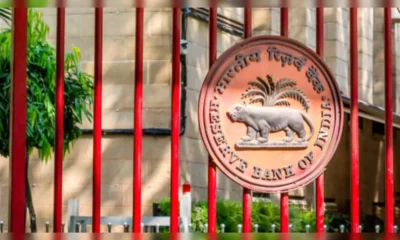

 News3 weeks ago
News3 weeks agoRBI’s Status Quo on Key Policy Rates to Help Maintain the Real Estate Growth Momentum, Say Industry Stalwarts
-



 News1 week ago
News1 week agoOlive Announces Dhruv Kalro as Co-Founder







